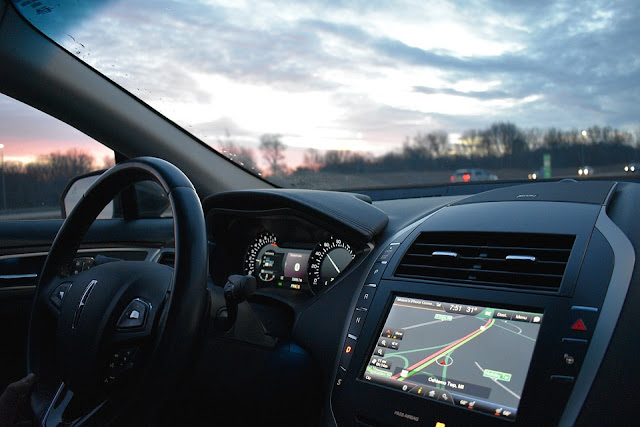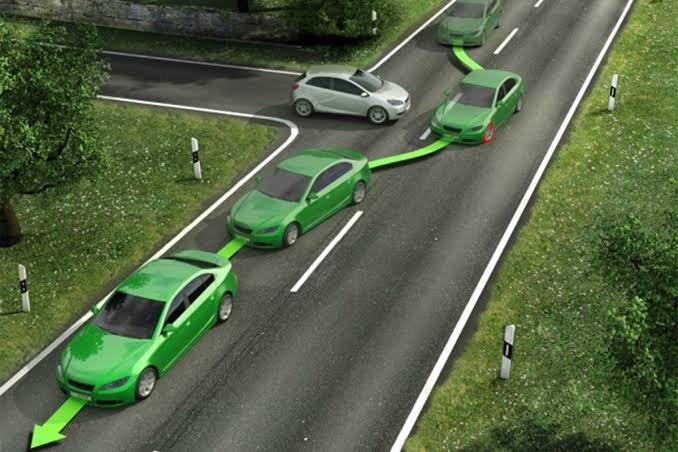The Evolution of Wireless Technologies
Wireless communication is a rapidly developing technology that provides freedom and mobility and is becoming increasingly popular. They have made it possible to install various communication systems in automobiles, catering to the requirements of both drivers and passengers. New automobiles are increasingly incorporating technology that contributes to the functionality of advanced driver assistance systems (ADAS), a development that will eventually pave the way for completely autonomous driving.

Nowadays, wireless technologies are safe, secure, efficient, and convenient. They allow us to connect our smartphones and other smart gadgets to our vehicles using Wi-Fi, Bluetooth, and other similar technologies. We can pair our electronic devices with infotainment systems, which can respond to voice instructions and take care of answering calls in hands-free mode while driving.
Adaptation of In-Car Wireless Systems


Today’s updates can contain information about targeted marketing and sales, and in the future, they may include augmented reality data for heads-up displays and interactive passenger windows. Car diagnostics and maintenance notifications can also be administered over the air and upgrade software for the vehicle. Most information on vehicle diagnostics and maintenance will be stored in the cloud. Therefore, cable jacks for diagnostics will primarily serve as a backup feature in next-generation intelligent automobiles.
The Future of Wireless Communication

Automobiles will soon evolve into mobile information centers interconnected with expansive information networks. The vehicle, be it a car or a truck, will have a constant connection to the internet and will be supplied with a variety of information that is both necessary and helpful for transportation. The information may pertain to the present state of the roads, the weather, or the parking availability at the destination.


